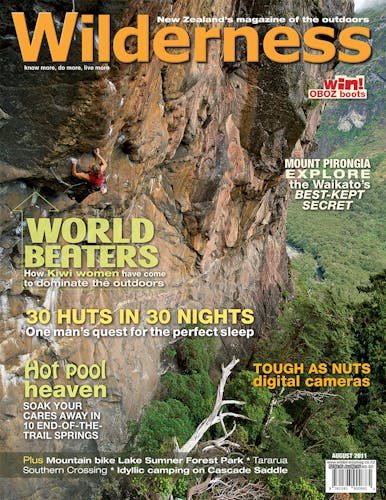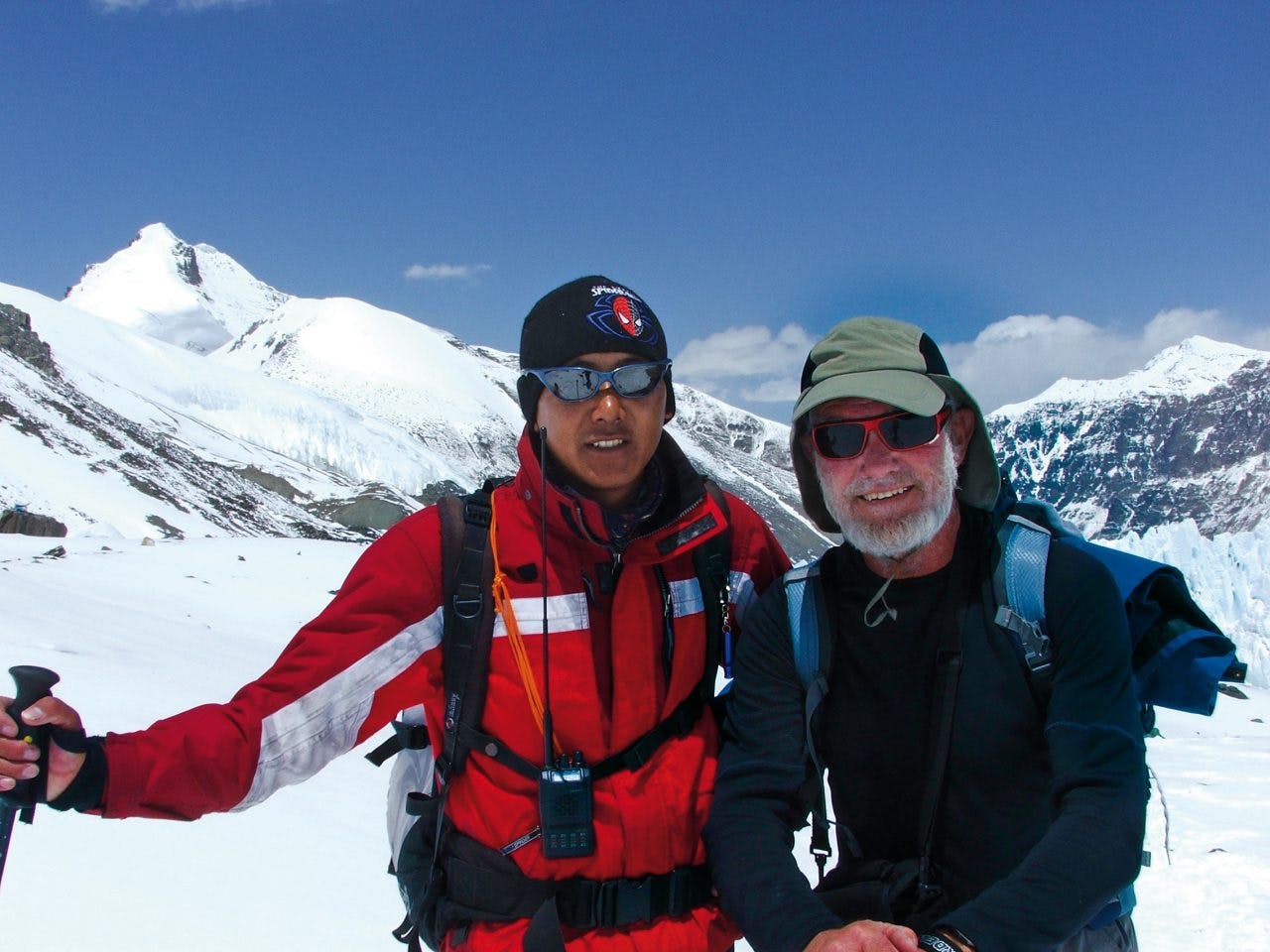Mountaineer Jim Morrow knows how to train for climbing big mountains.
The 50-year-old builder trained intensely for the Project-Himalaya expedition in May this year to the Himalayas to climb Mt Everest (8850m).
He went to Henderson’s West Wave gym every morning and would walk 20km in about two and a half hours every second day.
He also trained a group of Auckland Tramping Club members for the 100km Oxfam Trailwalker.
“We were out in the Waitakeres on weekends and we were doing anything from 40 to 60km in a day,” he said.
Morrow knows what it takes to climb 7000m plus mountains because he has been “Himalaya hooked” since 2005 when he went on his first expedition there and climbed Lhakpa La (6800m).
In 2007 he attempted to climb Mt Cho Oyu (8200m) and made it as far as Camp 2, but a storm chased him back down and in 2009 he made a first ascent of the north side of Mt Himlung in Nepal (7126m).
But after all his training and experience Morrow said his body and mind still weren’t fully prepared for the hardships of being at 8000m on Everest.
“Altitude does weird things to your mind, your body and your thought processes,” said Morrow. “You don’t sleep well and what sleep you have is often quite disturbed.
“It’s really tiring.
“The brain power certainly diminishes as you go up and you get to the point when you can only handle one thing at a time.”
To acclimatise to being at altitude and to build their strength, the Project-Himalaya expedition team made four trips up and down the East Rongbuk Glacier to Advanced Base Camp (6492m), before attempting to summit.
But even the strongest and fittest climbers can’t argue with the elements when they turn nasty on Everest.
Project-Himalaya expedition leader Jamie McGuiness studied the weather forecast and concluded May 26 and 27 would be clear for a summit attempt and the group decided to go on May 27.
“Unfortunately we were a day out,” Morrow said. “If we’d gone the day before we would have been right.”
Morrow had climbed the First Step (8500m), only three hours from the summit of Everest, when a strong icy wind forced him and his expedition team back to camp three (8300m).
“Everything was clear so we could see along to the summit, but the wind was dreadful,” Morrow said.
His hands were frostbitten and if he’d continued to the summit they would have been in “serious trouble” by the time he got back to Camp Three.
Despite being beaten back by the wind, Morrow considers it an achievement getting as far as he did.
Due to limited resources and a bad weather forecast a second summit attempt was not possible.
Morrow said he doesn’t intend to try to again.
“I’ve had enough of 8000m mountains,” he said. “I’ve been on two of them, they’re very extreme.”
Only a week before his team attempted to reach the summit, a member of another expedition died at the Third Step.
“There are a few reminders of that on the way up too,” Morrow said about the dangers of climbing Everest. “I passed one fellow who went to sleep under a rock 20 years ago and forgot to wake up.
“He is quite well known among Everest circles – he’s called Greenboots. He was an Indian climber.”
For his next expeditions, Morrow would like to fulfil his 40 year dream of going to Antarctica as well as climbing Mt Aconcagua in Argentina.
“Maybe I’ll stick to some local mountains for a change – they’re cheaper.”
– Jim Morrow







